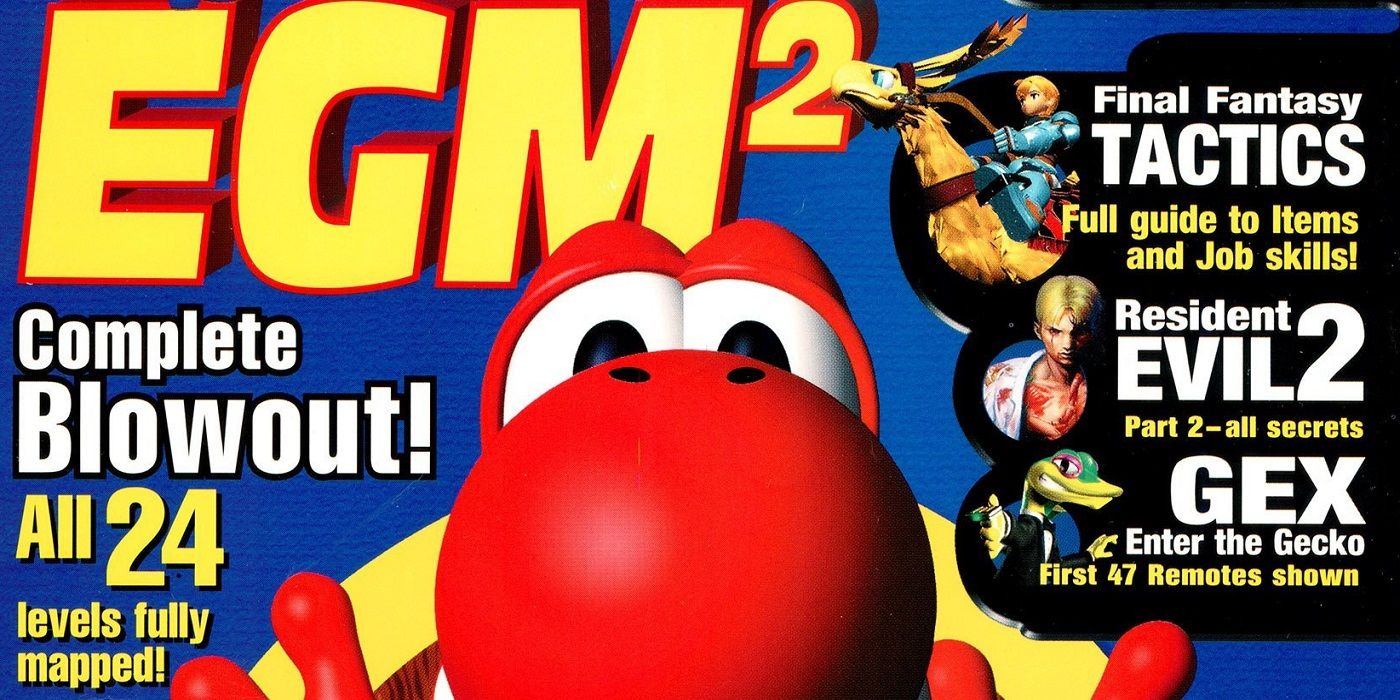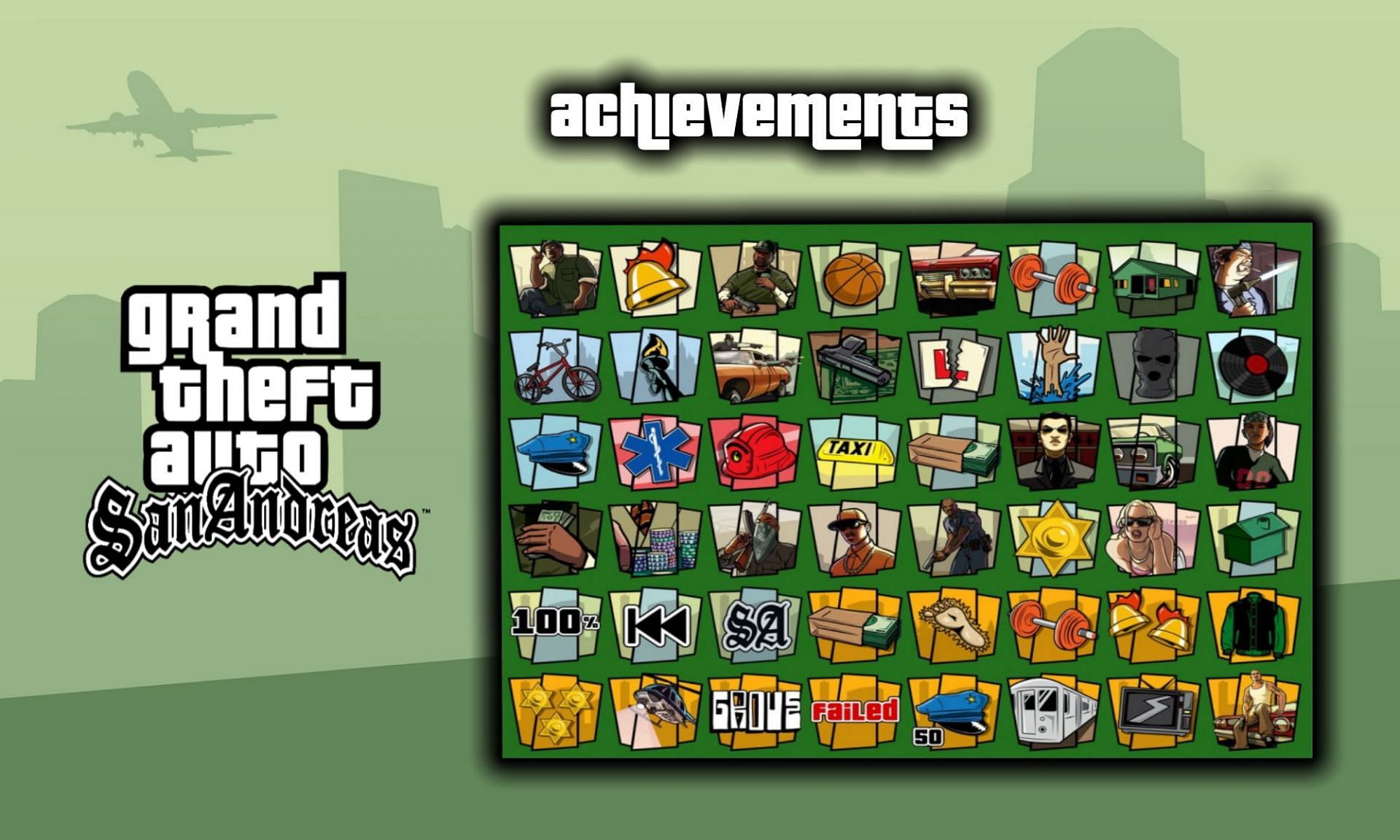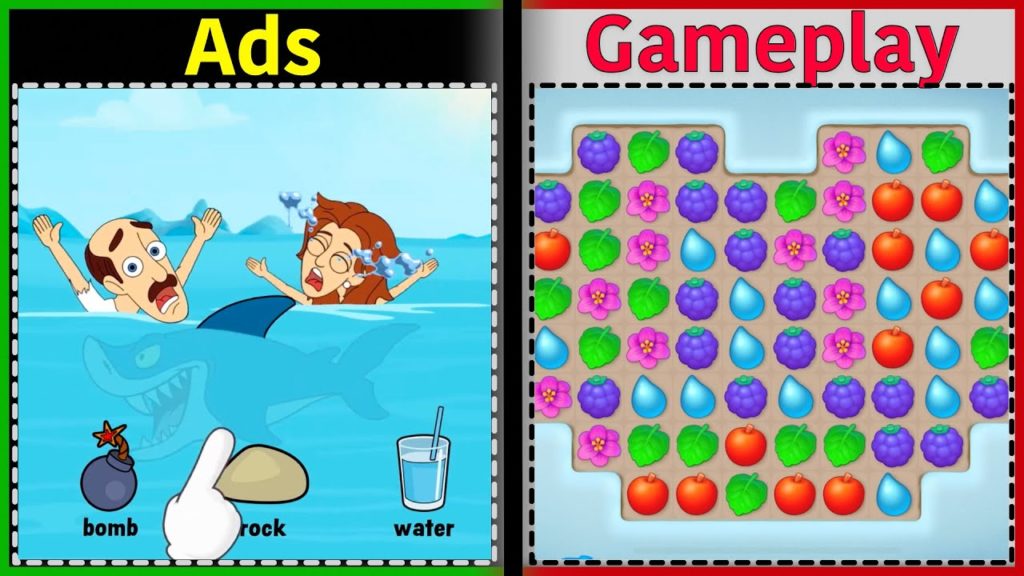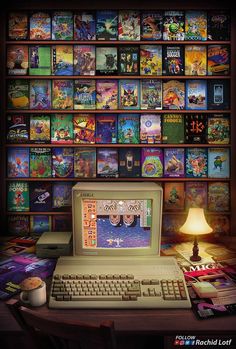
You’re hunched over the glowing CRT screen, the plastic NES controller slick in your sweaty palms. It’s the late 1980s, and Contra‘s relentless alien onslaught has whittled your lives down to zero, again. Game Over. Frustration mounts. But then you remember the sequence whispered on the playground, scrawled in the back of a notebook, confirmed in the latest issue of Nintendo Power. The history of cheat codes is as fascinating as the games themselves. From their early use as hidden developer tools to becoming iconic elements of gaming culture, cheat codes have evolved alongside the industry.
With newfound determination, you tap it out: Up, Up, Down, Down, Left, Right, Left, Right, B, A, Start. The screen flashes. 30 LIVES. A surge of power, pure and exhilarating, rushes through you. The impossible suddenly feels manageable. You’ve just unlocked the magic of the cheat code, a secret language between player and game, ready to bend the rules in your favor.
The Debugging Days (Late 1970s – Early 1980s): “Developer Secrets”

Before cheat codes were whispered secrets among players, they were practical tools for creators. In the nascent world of arcade machines and early consoles like the Atari 2600, developers needed ways to test their creations efficiently. How do you check level 50 without playing through the first 49 every single time? How do you test collision detection without dying instantly?
The answer lay in hidden commands or hardware settings. These weren’t the button sequences we’d later memorize, but often involved specific joystick movements on a title screen, flipping internal DIP switches inside an arcade cabinet (sometimes accessible to operators to adjust difficulty or lives), or holding down buttons during power-up. These “cheats” granted invincibility, level selection, extra lives, or revealed diagnostic information.
They were never intended for the public, often removed before release, but sometimes, they slipped through, waiting to be discovered by curious tinkerers or leaked by insiders. Pinpointing the absolute first cheat code is tricky, as many were undocumented developer shortcuts.
Tech Spotlight: Early Debug/Operator Tools (Late 70s/Early 80s)
- Mechanism: DIP switches (arcade), specific boot-up sequences (console/arcade), hidden joystick/button commands.
- Purpose: Level skipping, invincibility, extra lives/credits, diagnostics – primarily for developer testing or operator adjustments.
- Accessibility: Not intended for players; discovery was rare and accidental, or via operator access.
- Significance: Established the concept of hidden inputs altering game state, laying the groundwork for intentional cheat codes later.
Milestone Markers
- Late 1970s: Arcade operators use DIP switches to adjust game settings like lives per credit.
- Early 1980s: Programmers embed debug routines in Atari 2600 and other early console games for testing. Occasional discovery by players begins.
- ~1983: Specific examples start emerging in home computer games (e.g., Commodore 64 POKE commands altering memory).
Parallel Developments
- Late 1970s: Golden age of arcade games (Space Invaders, Pac-Man). Atari 2600 brings gaming home.
- 1982-1983: North American video game crash impacts the industry.
- 1983: Nintendo releases the Famicom in Japan.
User Experience Snapshot
For the vast majority of players, cheats didn’t exist yet. Games were challenging, often brutally so, designed to gobble quarters in the arcade. Failure meant starting over. If you did stumble upon a debug command, it likely felt like breaking the game in an unexpected, perhaps confusing, way rather than wielding a known secret power.
Price Point Perspective
Cheats were free, if you could find them. The cost was in quarters spent at the arcade or the initial purchase price of a home console game. There was no market for cheats themselves.
What We Gained / What We Lost
- Gained: The very concept of altering game rules via hidden inputs. Essential tools for game developers.
- Lost: Nothing for players yet, as the concept wasn’t widespread.
Unexpected Consequences
- The existence of these hidden tools created a mystique around game development and hinted at secrets lurking beneath the surface.
Industry Voice
“We needed a way to jump to the last boss without playing for hours. It was just for us, during development.” – (Hypothetical quote from an early arcade developer).
The Konami Code Era (Mid 1980s – Early 1990s): “The Golden Age of Secrets”

This is when cheat codes exploded into popular culture. The catalyst? ↑↑↓↓←→←→BA. The Konami Code. Created by Kazuhisa Hashimoto for the notoriously difficult NES port of Gradius (1986) because he found it too hard to test, it granted a full suite of power-ups. Left in the code accidentally, its fame skyrocketed when it appeared in the NES version of Contra (1988), giving players 30 lives – almost essential for beating the tough-as-nails shooter.
Suddenly, cheat codes weren’t just obscure developer tools; they were coveted secrets. Passed around playgrounds, shared between friends, and crucially, published in burgeoning video game magazines, codes became a vital part of gaming culture. Entering a code felt like being inducted into a secret club, unlocking forbidden power.
This era also saw the rise of dedicated cheat devices like the Game Genie and Action Replay, hardware that physically intercepted game data, allowing players to input codes (often found in accompanying booklets) to modify game parameters like lives, health, or even physics.
Tech Spotlight: The Konami Code (Origin: Gradius NES, 1986)
- Mechanism: Specific sequence of controller button presses (Up, Up, Down, Down, Left, Right, Left, Right, B, A, sometimes Start/Select).
- Purpose: Originally a developer shortcut for testing (Gradius power-ups). Became famous for player aid (Contra‘s 30 lives).
- Accessibility: Intentionally included (or left in) by developers, spread via word-of-mouth and publications.
- Significance: Became the most iconic cheat code in history, transcending gaming into broader pop culture. Symbolized the era of discoverable, empowering secrets.
Milestone Markers
- 1986: Kazuhisa Hashimoto creates the Konami Code for NES Gradius.
- 1987: Mike Tyson’s Punch-Out!! features codes for accessing later fights.
- 1988: Konami Code in NES Contra grants 30 lives, cementing its legendary status.
- 1990: Galoob releases the Game Genie for NES in North America, despite Nintendo’s legal challenges.
- Early 1990s: Gaming magazines dedicate sections, even entire issues, to cheat codes for popular console games.
Parallel Developments
- 1985: Nintendo Entertainment System (NES) launches in North America, revitalizing the home console market.
- Late 1980s: 8-bit console wars (Nintendo vs. Sega Master System). Rise of game rentals.
- Early 1990s: 16-bit era begins (Super NES vs. Sega Genesis).
User Experience Snapshot
Remember the thrill? Huddling with friends, comparing notes, trying out a new code found in a magazine. The anticipation as you entered the sequence, the elation when it worked! Invincibility felt godlike; infinite lives meant freedom from frustration.
Using a Game Genie felt like literally hacking the game, bending it to your will with arcane alphanumeric strings. It extended the life of games, made impossible challenges possible, and added a layer of metagame discovery.
Price Point Perspective
Codes themselves were free, spread through social networks or found in magazines (costing a few dollars). Cheat devices like the Game Genie were peripherals, costing a significant fraction of the console itself (around $50-$60 in early 90s money, roughly $100-$120 today).
What We Gained / What We Lost
- Gained: Empowering shortcuts, accessibility for less skilled players, extended playtime, a culture of secret sharing, fun experimentation (“What happens if I combine these codes?”).
- Lost: Potential sense of accomplishment for some, the purity of the intended challenge (depending on perspective).
Unexpected Consequences
- Fueled the popularity and sales of video game magazines.
- The Game Genie lawsuit victory established legal precedent regarding reverse engineering and modification devices.
- Iconic codes entered the pop culture lexicon.
Industry Voice
“I hadn’t used it and debugging was tough, so I put it in. It was supposed to be taken out…” – Kazuhisa Hashimoto (paraphrased from interviews about creating the Konami Code for Gradius).
The Command Line & Console Menus (Mid 1990s – Early 2000s): “Cheats Go Official (Sort Of)”

As PC gaming surged with titles like Doom and Quake, a new method of cheating emerged: the command line console. Pressing a key (often the tilde ~) brought up an input line where players could type commands directly. IDDQD for God Mode, IDKFA for all weapons and keys in Doom – these became legendary keystrokes for PC gamers, again often originating as developer debug tools left accessible. Typing felt more direct, more powerful than button sequences.
Simultaneously, console games began to formalize cheats. Instead of relying solely on hidden codes, developers started including dedicated “Cheat Menus.” These might be unlocked by entering a classic-style code, completing specific in-game challenges (like in GoldenEye 007 on N64, where cheats like Paintball Mode or DK Mode were rewards for speedrunning levels), or sometimes they were just readily available options.
Games like Tony Hawk’s Pro Skater and the Grand Theft Auto series became famous for their extensive, fun-focused cheat lists (spawning tanks, changing weather, low gravity). Cheating felt less like a secret hack and more like an officially sanctioned alternate way to play.
Tech Spotlight: Doom’s Console Commands (1993)
- Mechanism: Pressing a key (~) to open a command console, typing specific codes (e.g., IDDQD, IDKFA, IDCLIP for no clipping).
- Purpose: Initially for testing/debugging by id Software, left in for players. Offered invincibility, all weapons/keys, ability to walk through walls, etc.
- Accessibility: Easily accessible on PC via keyboard input during gameplay. Widely shared online and in magazines.
- Significance: Popularized the console command method for cheating on PC and cemented specific codes like IDDQD into gaming history.
Milestone Markers
- 1993: Doom popularizes console command cheats (IDDQD, IDKFA).
- 1995: Age of Empires features text-based cheats spawning units like the Cobra car (“how do you turn this on”).
- 1997: GoldenEye 007 (N64) includes a cheat menu unlocked by meeting specific level completion times.
- 1999: Tony Hawk’s Pro Skater includes a menu for entering classic cheat codes.
- 2000: The Sims features famous money cheats (“rosebud”, “klapaucius”) entered via a console command box.
- Early 2000s: Grand Theft Auto series (III, Vice City, San Andreas) becomes renowned for vast arrays of fun, world-altering cheats activated by button sequences.
Parallel Developments
- Mid-1990s: Rise of 3D graphics (PlayStation, N64, PC 3D accelerator cards). Widespread adoption of CD-ROM for games.
- Late 1990s: Internet access becomes more common; online multiplayer gaming begins to grow (Quake, Ultima Online, EverQuest). Dial-up gives way to broadband.
- Early 2000s: Launch of PlayStation 2, Xbox, GameCube.
User Experience Snapshot
Remember typing iddqd and feeling invincible as you waded through demons? Or the chaotic joy of spawning a tank in GTA III and causing mayhem? Unlocking DK Mode in GoldenEye and laughing at the distorted characters? Cheats felt more integrated, often designed for fun rather than just overcoming difficulty. Finding cheat menus felt less like uncovering a secret and more like accessing a built-in feature, albeit sometimes one you had to earn.

Price Point Perspective
Cheats were still fundamentally free content included in the game purchase. The cost remained the game itself, or magazines/early websites listing the codes.
What We Gained / What We Lost
- Gained: More accessible cheats via menus/consoles. Cheats designed for fun and experimentation (GTA, Sims). Cheats as gameplay rewards (GoldenEye).
- Lost: Some of the mystique of deeply hidden button codes. The clear line between “secret” and “feature” began to blur.
Unexpected Consequences
- Extensive cheat suites in games like GTA became a major selling point and part of the series’ identity.
- The act of earning cheats (GoldenEye) paved the way for achievement/trophy systems.
Industry Voice
“The cheats in GTA were about breaking the simulation, letting players mess with the sandbox in fun ways. It wasn’t just about making it easier.” – (Synthesized sentiment reflecting design philosophy behind sandbox cheats).
The Decline of Codes, Rise of Unlocks (Early 2000s – 2010s): “From Codes to Carrots”

As the new millennium dawned, the landscape began to shift. The rise of online multiplayer gaming, particularly on consoles via Xbox Live and PlayStation Network, dealt a significant blow to traditional cheats. In a competitive online environment, built-in invincibility or all-weapons codes created unfair advantages and ruined the experience for legitimate players. Developers began actively removing or disabling cheats in multiplayer modes.
Simultaneously, console manufacturers introduced achievement and trophy systems. These offered players “carrots” – bragging rights, gamer points, unlockable badges – for accomplishing specific in-game feats without cheating.
The focus shifted from using codes to bypass challenges to mastering the game legitimately to earn rewards. Instead of typing a code for infinite ammo, players were encouraged to complete a level using only pistols to unlock an achievement.
While single-player games sometimes retained cheats, they became less common, often replaced by unlockable extras (concept art, bonus characters, difficulty modes) earned through gameplay. PC modding communities also thrived, offering player-created modifications that often surpassed what old cheat codes could do.
Strategy Spotlight: Achievement/Trophy Systems & Unlockable Content
- Approach: Replace instant-gratification cheat codes with rewards earned through skillful or persistent gameplay.
- Mechanism: In-game tracking systems monitor player actions, granting points/trophies/unlocks for meeting predefined criteria (e.g., “Beat game on Hard,” “Find all collectibles,” “Perform X move Y times”).
- Purpose: Increase replayability, provide long-term goals, foster community competition (leaderboards), discourage traditional cheating in favor of mastery.
- Impact: Significantly reduced the prevalence and cultural relevance of classic input-code cheats, especially on consoles.
- Significance: Shifted player motivation from “breaking the rules” to “mastering the system” for rewards.
Milestone Markers
- 2002: Xbox Live launches, bringing mainstream online multiplayer to consoles and highlighting the problems with cheats.
- 2005: Xbox 360 launches with the integrated Gamerscore/Achievement system.
- 2006-2008: PlayStation 3 introduces the Trophy system. Steam (PC) also adds Achievements.
- Mid-2000s: Many developers phase out traditional cheat codes, especially in games with online components. Unlockable content (skins, levels, modes) becomes the standard reward.
- Late 2000s: Rise of sophisticated anti-cheat software for online PC games (PunkBuster, Valve Anti-Cheat).
Parallel Developments
- Mid-2000s: Widespread broadband internet adoption fuels online gaming.
- 2007: Launch of the iPhone initiates the smartphone revolution and mobile gaming boom.
- Late 2000s: Social media platforms (Facebook, Twitter) integrate with gaming experiences.
User Experience Snapshot
Do you remember the first time that “Achievement Unlocked” notification popped up? There was a certain satisfaction, a public validation of your skill or dedication. It felt different from the secret thrill of a cheat code.
While some missed the instant power-ups, many embraced the new challenge of chasing achievements. In online games, the absence of built-in cheats (ideally) meant a fairer fight, though the battle against third-party hacks was just beginning.
Price Point Perspective
Achievements and unlockables were part of the base game price. The “cost” was the time and effort required to earn them. This period also saw the early rise of paid Downloadable Content (DLC), sometimes offering new levels or items, blurring the lines slightly.
What We Gained / What We Lost
- Gained: New forms of player motivation and reward (achievements). Increased focus on fairness in online multiplayer. Deeper replayability through unlockables. Thriving mod communities on PC.
- Lost: The prevalence and cultural cachet of classic cheat codes. The simple joy of instant, consequence-free power-ups via built-in codes.
Unexpected Consequences
- Achievement hunting became a major meta-game for many players.
- The removal of built-in cheats fueled demand for third-party trainers and hacks for single-player PC games.
- Set the stage for monetization of advantages, previously given away free via cheats.
Industry Voice
“Achievements give players long-term goals and bragging rights. It encourages mastery over finding shortcuts.” – (Representative quote explaining the design philosophy behind achievements).
The Microtransaction Era (2010s – Present): “Pay-to-Win & The New Cheats?”

Welcome to the modern era, where the lines around “cheating” have become incredibly blurred. The rise of free-to-play games, particularly on mobile, and the normalization of microtransactions and DLC in full-priced titles have introduced new ways to gain advantages – often by opening your wallet.
While traditional cheat codes are rare antiques, players can now frequently pay real money for things cheats used to provide: resources, powerful items, faster progression (“time savers”), cosmetic upgrades, or even chances at powerful gear via loot boxes.
This has led to the contentious concept of “Pay-to-Win” (P2W): games where spending real money gives a tangible gameplay advantage over those who don’t pay. While publishers often frame these as optional conveniences, critics argue it undermines fair play, especially in competitive contexts, turning skill-based challenges into spending competitions.
Simultaneously, in the persistent online worlds of MMOs and competitive shooters, a constant arms race rages between sophisticated third-party hacks (aimbots, wallhacks) and increasingly complex anti-cheat systems.
PC modding remains a vibrant space, allowing players to tailor single-player experiences in ways that echo old cheat codes, but the core debate has shifted from secret inputs to the ethics of monetization and sophisticated hacking.
Tech Spotlight: Pay-to-Win Microtransactions (Various Games, 2010s-Present)
- Mechanism: In-game stores allowing players to purchase virtual currency or specific items/boosts with real money. Loot boxes offer randomized rewards.
- Purpose: (From publisher view) Monetize free-to-play games, generate ongoing revenue from full-priced titles. (From player view) Gain advantages, speed up progression, acquire cosmetics.
- Accessibility: Directly integrated into game interfaces, often heavily promoted.
- Controversy: P2W mechanics are criticized for creating unfair advantages, potentially exploiting players (especially with loot box gambling mechanics), and prioritizing revenue over balanced gameplay. The definition of P2W vs. acceptable monetization is hotly debated.
- Significance: Represents a fundamental shift where advantages previously unlocked via free cheat codes are now often sold, changing the economic and ethical landscape of gaming.
Milestone Markers
- Early 2010s: Free-to-play mobile games (e.g., Clash of Clans, Candy Crush Saga) popularize aggressive microtransaction models.
- Mid-2010s: Loot boxes become prevalent in full-priced AAA games, leading to significant backlash (e.g., Star Wars Battlefront II launch).
- Late 2010s: Increased regulatory scrutiny of loot boxes as potential gambling in some countries. Battle Royale games (Fortnite, PUBG) popularize the “Battle Pass” model (cosmetics/rewards via paid progression track).
- 2020s: Ongoing arms race between hackers developing sophisticated cheats (AI-assisted aimbots) and anti-cheat software (Easy Anti-Cheat, BattlEye) in online games. Modding remains essential for tailoring many PC games.
Parallel Developments
- 2010s: Mobile gaming becomes the largest segment of the market. Game streaming services emerge (Twitch). Esports grows into a major industry.
- Mid-2010s: VR gaming gains traction (Oculus Rift, HTC Vive, PSVR).
- 2020s: Cloud gaming platforms gain capabilities (GeForce Now, Xbox Cloud Gaming). Increased cross-play between platforms.
User Experience Snapshot
You might be playing a mobile game and hit a wall, only to see a pop-up offering a bundle of resources for $4.99 to speed things up. Or perhaps you admire another player’s powerful gear in an MMO, knowing they likely either ground for hundreds of hours or bought it from the cash shop.
In competitive shooters, you might encounter blatant hackers using aimbots, leading to frustration and reports. Conversely, you might spend hours downloading mods for Skyrim or Minecraft to customize your single-player world exactly how you like it, reminiscent of the sandbox fun old cheats provided. The experience is fragmented, complex, and often tied to real-world money or sophisticated tech battles.

Price Point Perspective
While the base game might be free or paid upfront, the “cheats” or advantages are now often individually priced microtransactions ranging from a dollar to hundreds of dollars for rare items or currency packs. The cost of cheating has shifted from finding free codes to potentially significant real-money expenditure or risking account bans by using illicit third-party hacks.
What We Gained / What We Lost
- Gained: Funding models for massive free-to-play games. Highly customizable experiences via mods. Sophisticated anti-cheat technology (though imperfect). Player choice in monetization (sometimes).
- Lost: The simplicity and universal accessibility of built-in cheat codes. Often, a clear sense of fair play in online environments. Money, for players engaging with P2W mechanics. Trust, due to controversial monetization.
Unexpected Consequences
- Microtransactions and loot boxes have sparked government regulation debates worldwide.
- The anti-cheat industry has become a significant technological field.
- Player communities are often sharply divided over monetization practices.
Industry Voice
“We offer players choices. They can earn rewards through gameplay, or speed things up if they value their time more. It funds ongoing development.” – (Typical publisher justification for microtransactions). “When you can buy power, skill matters less. That breaks the game, especially online.” – (Common player criticism of Pay-to-Win).
Full Circle Reflections
The journey of the cheat code is a mirror reflecting the evolution of gaming itself – from the hidden workshops of developers to the global digital marketplaces of today. What began as a simple necessity for testing became a shared secret, a source of playground legends, and a way to empower players against daunting challenges or simply have chaotic fun.
The iconic button sequences and typed commands gave way to integrated menus, earned unlockables, and eventually, the complex ecosystem of microtransactions, mods, and hacks.
The desire to bend the rules, to gain an edge, or simply to experience a game differently remains constant. It’s the method that has drastically changed. We’ve traded the communal discovery of ↑↑↓↓←→←→BA for the individual calculation of whether a $5 boost is “worth it,” or the technical gamble of running an illicit aimbot.
While the golden age of secret codes may be behind us, the impulse they catered to endures, now entangled with commerce, ethics, and a never-ending technological arms race. The game, and how we “cheat” it, continues to evolve.
FAQ: Cheat Codes Through the Ages
- What was the first video game cheat code?
It’s hard to say definitively, as the earliest were often undocumented developer tools used for testing in the late 1970s/early 1980s (like debug commands or arcade DIP switches). There isn’t one universally agreed-upon “first” code meant for players. - Why was the Konami Code (↑↑↓↓←→←→BA) created?
Kazuhisa Hashimoto created it for the NES port of Gradius (1986) because he found the game too difficult to play during testing. The code gave his ship full power-ups, making it easier to test later stages. It was accidentally left in the final game and became famous in Contra (1988). - Why did traditional cheat codes become less common?
Several factors contributed: the rise of online multiplayer (where cheats create unfairness), the introduction of achievement/trophy systems (rewarding legitimate play), and the games industry realizing they could monetize advantages through microtransactions and DLC instead of giving them away free via codes. - Is “Pay-to-Win” considered cheating?
It’s highly controversial. Critics argue that buying gameplay advantages with real money is a form of cheating as it bypasses skill and creates an unfair playing field, especially in multiplayer games. Defenders see it as a valid monetization strategy. There’s no universal consensus, but it’s widely disliked by players when advantages are significant.
What are common forms of “cheating” in modern games? This includes: using third-party software hacks in online games (aimbots, wallhacks, lag switches), exploiting in-game glitches or bugs for advantages, purchasing significant gameplay advantages via pay-to-win microtransactions, and using mods in single-player games to alter gameplay (though mods are often seen as acceptable customization rather than cheating).






